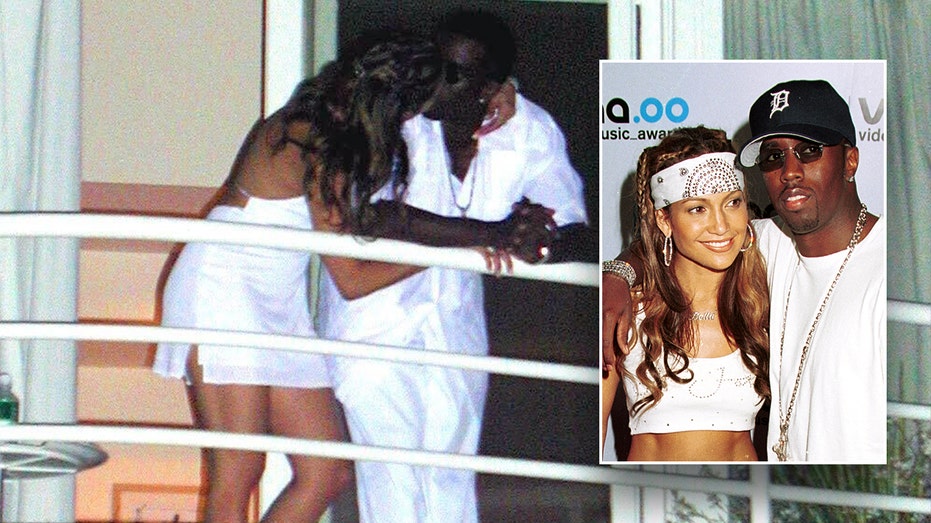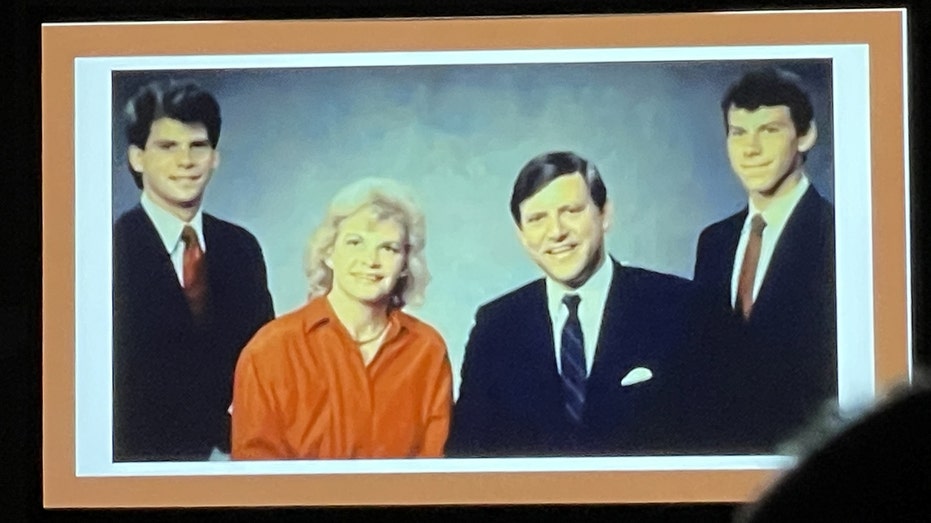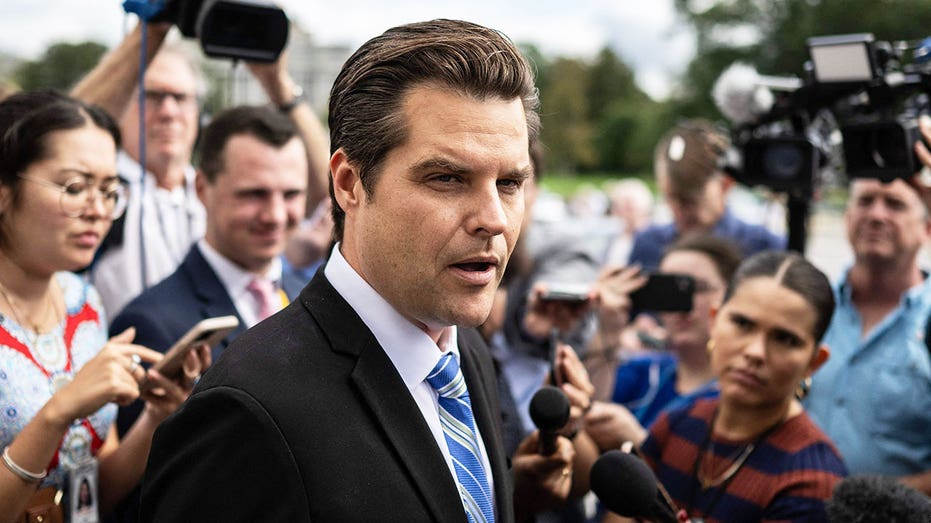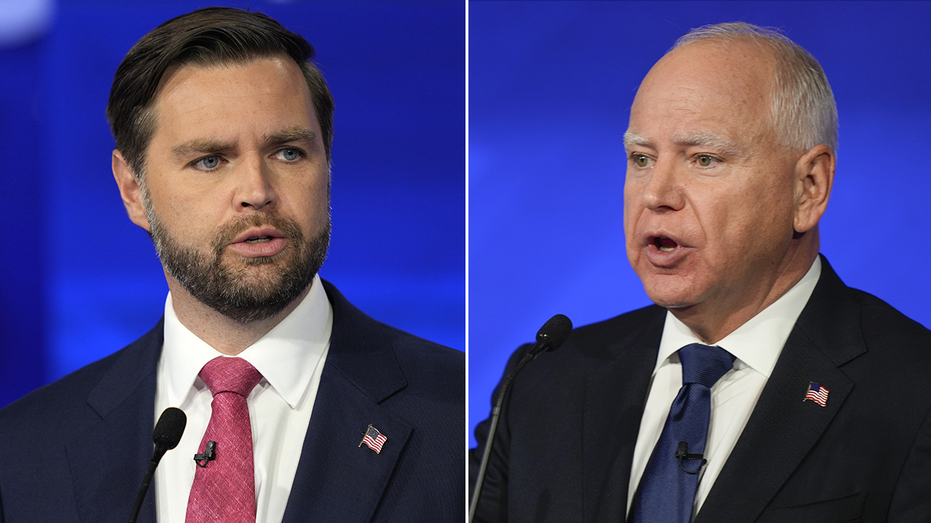A shocking period of upheavals, from power grabs to nuclear tests, caused India’s artists and activists to innovate. The Barbican in London is exhibiting the defiant ones
India is the world’s largest democracy. In this year’s national election, which was staged over seven phases from April to June, nearly 650 million voters cast their ballots. Democratic rituals, for all their flaws, seem so profoundly to be embedded in the Indian political landscape that it can be easy to overlook the country’s experience of brutal authoritarian rule. Narendra Modi’s erosion of democratic institutions is not so much a novelty as an informal reprise of Indira Gandhi’s rule less than half a century ago.
In 1975, faced with sustained labour strikes, mass protests on the streets and a court ruling disqualifying her from holding public office, Mrs Gandhi suspended the constitution and declared a state of internal emergency. Her opponents were thrown in prison and the press was censored. This was the soft aspect of her rule. The truly harrowing story unfolded in the villages and towns, where the prime minister’s son, Sanjay, fixated on curbing India’s population, launched a mass sterilisation programme. More than six million men were subjected to forced surgical procedures in one year: some were mutilated. Sanjay’s drive to beautify India’s cities resulted in forced displacement of innumerable people. In Delhi, the police opened fire on the residents of a slum who attempted to resist peacefully. The memory of the “Emergency” – as the period is universally remembered – can still make people shudder today.
Continue reading…











:format(jpeg):quality(80)/wp-content/uploads/2024/09/petrolul-ploiesti.jpg)


:format(jpeg):quality(80)/wp-content/uploads/2024/10/silviu-socol-lider-pnl-ilfov-1-scaled.jpg)
:format(jpeg):quality(80)/wp-content/uploads/2024/10/messi-tro-ok.jpg)

:format(jpeg):quality(80)/wp-content/uploads/2024/10/extremadura-spania.jpg)

:format(jpeg):quality(80)/wp-content/uploads/2024/09/mihnea.jpg)




:format(jpeg):quality(80)/wp-content/uploads/2024/10/revista-taifasuri-1004-silvia-dumitrescu-si-florin-ochescu-interviu-la-dublu-editorial-fuego.jpg)
:format(jpeg):quality(80)/wp-content/uploads/2024/10/zelenski.jpg)
:format(jpeg):quality(80)/wp-content/uploads/2024/10/procese-verbale-si-amenzi-pe-tablete.jpg)
:format(jpeg):quality(80)/wp-content/uploads/2024/10/gara.jpg)

:format(jpeg):quality(80)/wp-content/uploads/2024/09/dumitru-dragomir-avertisment-puternic-pentru-gigi-becali-dupa-revenirea-in-politica.jpg)
